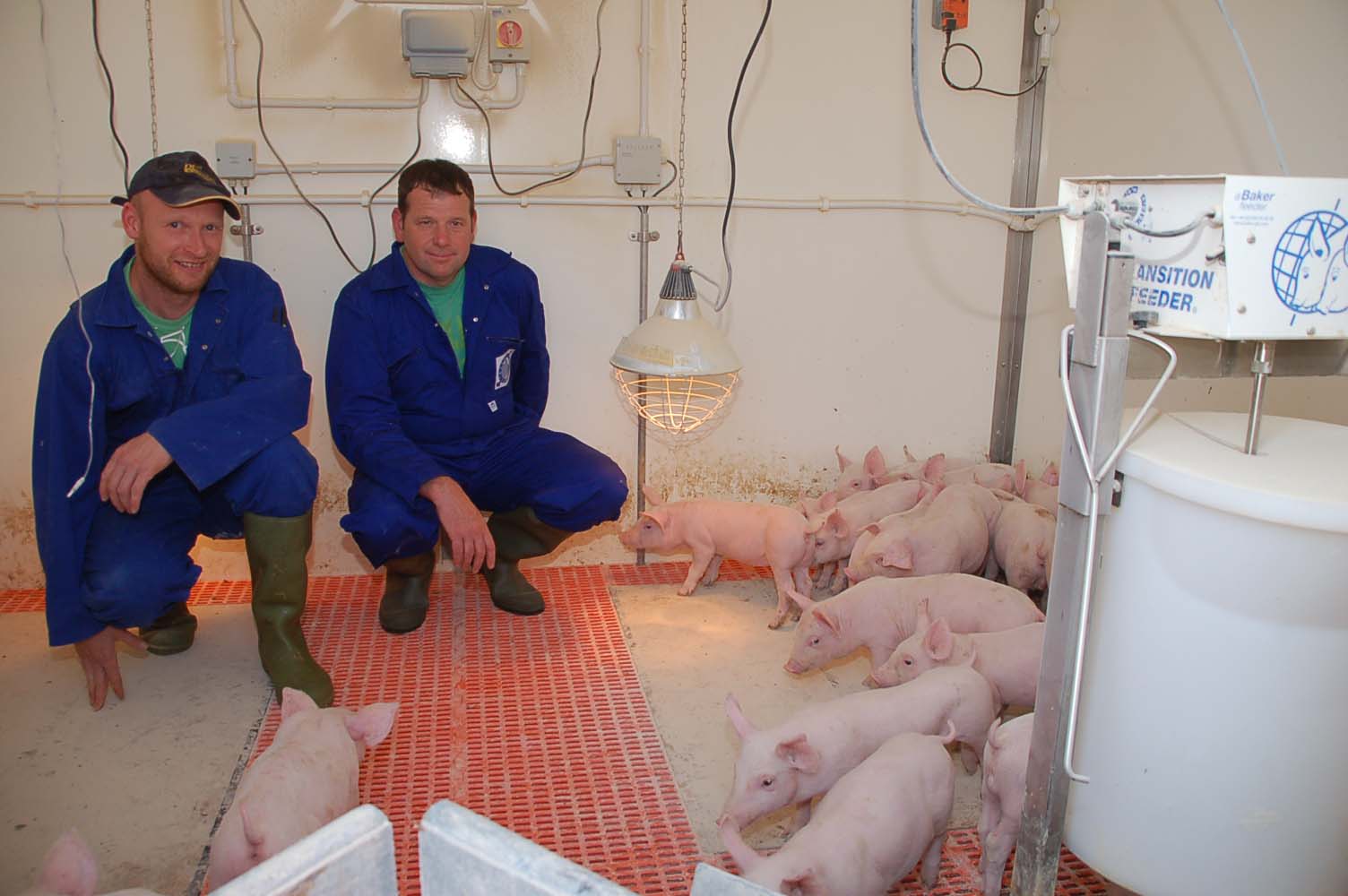
In 12 months a purpose-built piglet nursery on a Suffolk farm has saved enough piglets to improve returns by over £79,000.
When Rattlerow Farms installed the portable container-style nursery on their 600-sow commercial unit at Hill House Farm, Stradbroke, they estimated that it would enable them to rear around 700 extra pigs annually.
In fact, this prediction was almost spot-on. Agrosoft records show that average numbers born alive from the prolific Whiteland sows has been remarkably consistent at between 13.5 and 13.7 over three years. However, since delivery of the nursery, designed and built by Quality Equipment, mortality has fallen dramatically with a proportional rise in numbers reared.
“We are rearing an extra half-a-pig per litter — 693 pigs over the recording period,” said unit manager Adrian Scarfe. “Within the first three months numbers weaned increased from 11.5-11.7 to 12.3 pigs per litter. It has made farrowing house management easier and improved welfare for both sows and piglets.”
Even at today’s low prices, Adrian calculates that selling the extra pigs at 84kg deadweight for £1.37 per kg would result in a gross return of £79,750.
Sows are farrowed in batches of 80 every three weeks and farrowing house manager, Jamie Brown, weans litters of heavier piglets early to enable the sows to foster-rear smaller pigs. This is normally done at 8-10 days, but they have been successful in rearing pigs as early as five days.
Transition Feeders within the nursery enable the pigs to be given warm milk initially, then a variety of specialist diets, both wet and dry, as they grow. A trial compared the post weaning performance of piglets from the farrowing house against piglets reared through the nursery, recording their weights at weaning age of 28 days and then again 13 days later. Although the piglets from the nursery were initially lighter than the average from the farrowing house, during the trial period they gained 1.66kg more and finished heavier at 11.54kg, compared with 11.11 kg from the farrowing house, an increase of 128g DLWG per pig across 980 pigs.
The nursery is environmentally controlled and Jamie has found that the optimum temperature at weaning is 32oC reducing by 1oC for five days. He is also using two rooms for early weaning and one room for piglets that need a bit of cosseting before moving to the farm’s normal weaner accommodation.
www.quality-equipment.co.uk
